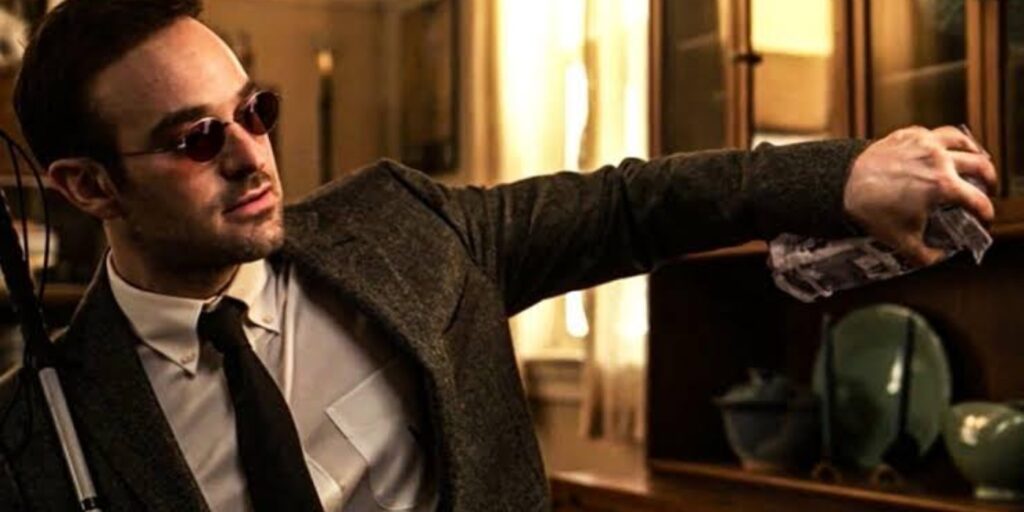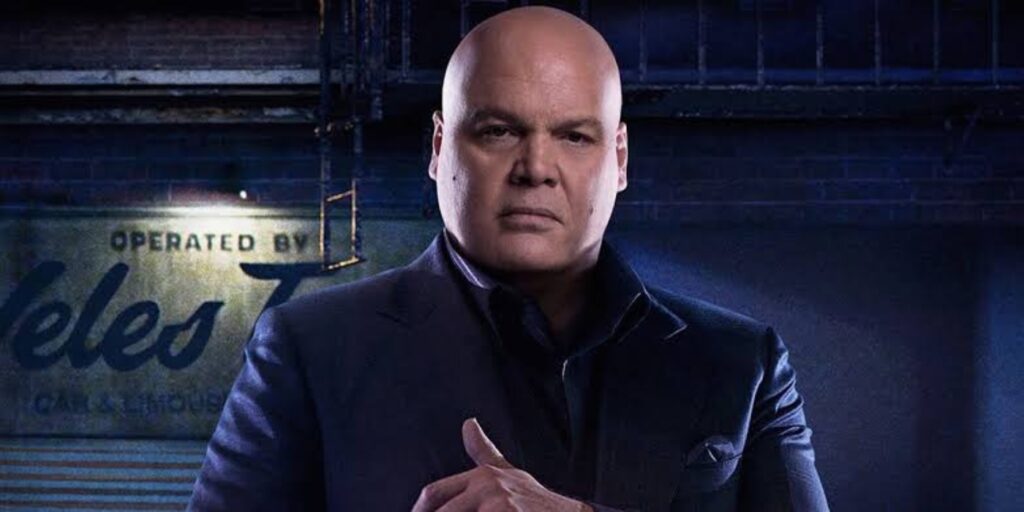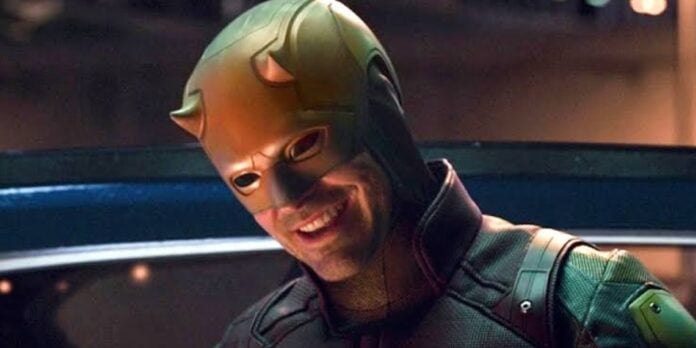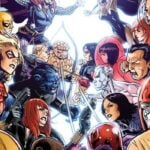When ‘Daredevil’ first hit Netflix back in 2015, it completely changed the conversation about what superhero TV could look like. With its unapologetic tone, the show instantly stood out, offering a more grounded and brutal take on the Marvel world.
However, for all the love it received, one common criticism remained: Why didn’t it connect more directly to the Marvel Cinematic Universe? Now, nearly a decade later, Daredevil showrunner Steven DeKnight is opening up about the real reason behind the show’s limited MCU links. And it turns out, it wasn’t for lack of trying.
Steven DeKnight Claims They Had Very Limited Freedom With ‘Daredevil’

Steven DeKnight admitted on X that the creative team behind Daredevil had “very, very limited access to the toys” of the MCU. In other words, Marvel Television, then a separate entity from Marvel Studios, was operating under tight restrictions. “The MCU and Marvel Television at the time were not exactly simpatico,” DeKnight explained. “We had to basically stay in our lane. Which isn’t a complaint!”
Related: Why Is Spider-Man Absent From ‘Daredevil: Born Again’ Despite The Great Build-up?
In fact, DeKnight looks at the situation positively. He believes that the restrictions forced the Daredevil team to focus more on character development rather than “flashy cameos or gimmicks.” And honestly? It shows. Matt Murdock’s journey felt deeply personal. The battles were as much about internal demons as they were about beating up criminals in Hell’s Kitchen alleyways.
Rather than banking on appearances by Iron Man or Thor, Daredevil crafted its own compelling, self-contained universe. Still, viewers could catch subtle nods to the larger MCU, the Battle of New York was referenced indirectly as “The Incident”, but direct crossovers never materialized. Unfortunately, the lack of synergy between Marvel Television and Marvel Studios was also a result of behind-the-scenes friction.
Netflix CEO Ted Sarandos recently reflected on those early Marvel deals and didn’t mince words. “We wanted to make great television; they wanted to make money,” Sarandos revealed. He went on to explain how budget restrictions constantly clashed with Netflix’s desire to produce top-tier content. “As producers, whatever [Marvel] didn’t spend, they kept. So every time we wanted to add something to the show to make it better, it was a fistfight.“
‘Daredevil: Born Again’ Hints At An Even Bigger Future With Season 2

Fast forward to today, and Matt Murdock’s world is bigger, messier, and more MCU-connected than ever with ‘Daredevil: Born Again’. The first season of the show ended with an emotional punch that only brought up more anticipation. Using Radiohead’s haunting “Everything in Its Right Place” to underscore Matt’s struggle with grief, betrayal, and identity was a bold and brilliant choice.
In case you missed it: ‘Daredevil: Born Again’ Might’ve Put The Strangest MCU Team-Up On The Horizon
Viewers watched as New York City teetered on the brink of chaos, setting up three powerful forces: Team Daredevil, Team Fisk, and a rising threat from rogue players like The Punisher and White Tiger. Moreover, one of the season’s most jaw-dropping twists came when Matt’s love interest, Heather Glenn, sided with Wilson Fisk. It was a betrayal few saw coming.
Additionally, while Marvel and Disney+ haven’t officially greenlit ‘Born Again’ Season 2 yet, signs are overwhelmingly positive. Producer Sana Amanat has hinted that the next season would be “even more intense and emotionally powerful.” Meanwhile, actress Deborah Ann Woll, who portrays Karen Page, praised the scripts for the upcoming episodes, suggesting that there’s already significant work happening behind the scenes.





